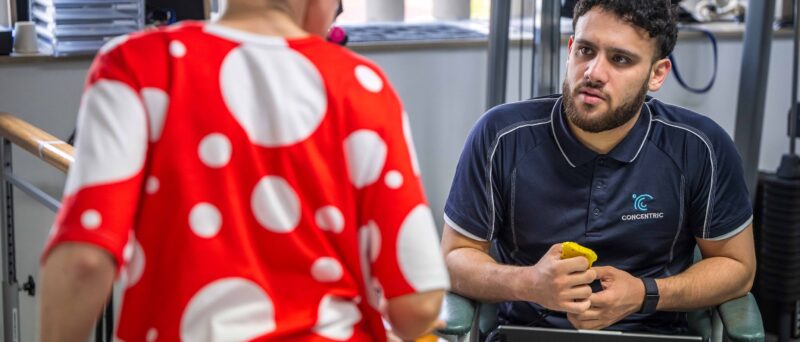Guillain-Barre Syndrome (GBS) is a rare neurological disorder where the body’s immune system mistakenly attacks the peripheral nerves. This leads to inflammation and can cause muscle weakness, numbness, and even paralysis. The exact cause of GBS is unknown, but it is often preceded by an infection such as a respiratory or gastrointestinal virus.
Symptoms of Guillain-Barre Syndrome
- Weakness: Starting in the legs and often spreading to the arms and upper body.
- Numbness and Tingling: Particularly in the extremities.
- Reflex Loss: Reduced or absent reflexes.
- Pain: Aching, cramping pain, which can be severe.
- Paralysis: In severe cases, this can affect respiratory muscles, necessitating mechanical ventilation.
Phases of Guillain-Barre Syndrome
- Acute Phase: Rapid onset of symptoms, reaching peak severity within a few days to weeks.
- Plateau Phase: Symptoms stabilize but do not improve for a period of days to weeks.
- Recovery Phase: Gradual improvement and return of muscle strength and function, which can take months to years.
How Physiotherapy Can Help with Guillain-Barre Syndrome
Physiotherapy plays a crucial role in the management and rehabilitation of individuals with GBS, particularly during the recovery phase. Here are several ways physiotherapy can help:
1. Preventing Complications During Immobilization
- Positioning and Splinting: To prevent contractures (permanent tightening of muscles) and pressure sores.
- Range of Motion Exercises: To maintain joint flexibility and prevent stiffness.
2. Maintaining Muscle Strength
- Passive Exercises: Performed by the therapist to maintain joint and muscle flexibility when the patient cannot move on their own.
- Active Assisted Exercises: As the patient regains strength, they begin to participate in exercises with assistance.
3. Improving Mobility
- Gait Training: As strength returns, physiotherapists help patients relearn how to walk, often using parallel bars, walkers, or other assistive devices.
- Balance Training: To help regain stability and prevent falls.
4. Enhancing Cardiovascular Fitness
- Cardio Exercises: Low-impact aerobic exercises to improve overall cardiovascular health and endurance as strength improves.
5. Strengthening Exercises
- Gradual Strengthening: Targeted exercises to rebuild muscle strength, starting with low resistance and gradually increasing as tolerated.
- Functional Training: Exercises that mimic daily activities to help the patient regain independence.
6. Breathing Exercises
- Respiratory Muscle Training: For patients who experienced respiratory muscle weakness or required ventilation, exercises to strengthen these muscles are critical.
7. Pain Management
- Physical Modalities: Techniques such as heat, cold, and electrical stimulation to manage pain.
- Manual Therapy: Gentle massage and mobilization techniques to reduce pain and improve movement.
8. Education and Support
- Patient and Family Education: Teaching proper techniques for moving and handling, exercises to do at home, and the importance of gradual progression.
- Psychological Support: Addressing the emotional and psychological impacts of GBS, helping patients cope with anxiety and depression related to their condition.
At Concentric, our physiotherapists, along with other allied health therapists, support patients with GBS to maximize their functional independence goals. If you would like to know more about our services, please contact us at 1300 148 160 or email support@concentric.com.au.


